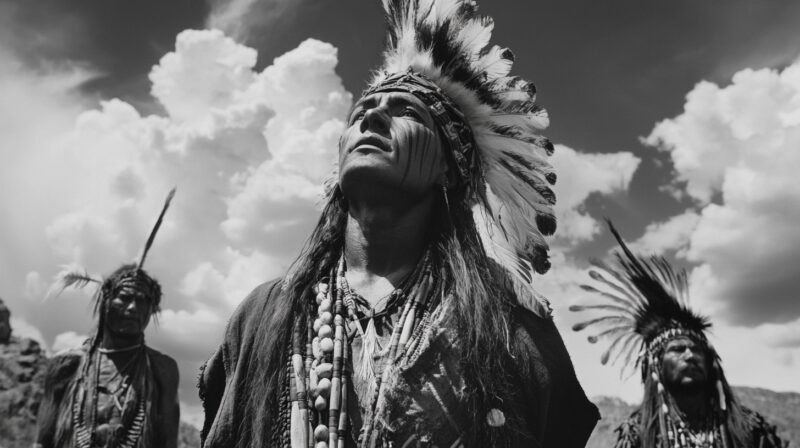The Apache Tribe has a deep-rooted history in the Southwestern United States and parts of Mexico, where they have lived for centuries.
Known for their resilience, rich cultural traditions, and connection to nature, the Apache people have made a significant impact on the history of the region.
Today, they continue to preserve their culture, language, and way of life, ensuring that their vibrant heritage endures for future generations.
Fact #1: The Apache’s Relationship with Nature
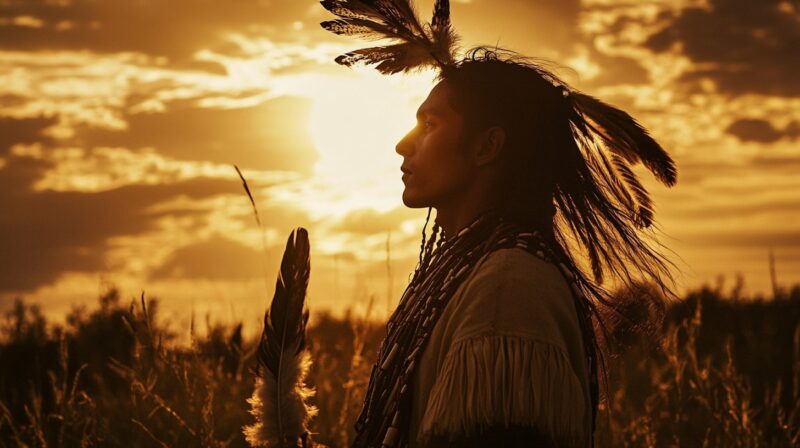
The Apache people developed a profound relationship with the natural world around them, relying on the land for survival in various environments.
Their nomadic lifestyle, which spanned deserts, mountains, and plains, required deep knowledge of the resources available to them.
Buffalo, for instance, played a central role in Apache life. The tribe used buffalo hides for clothing and shelter, their bones for tools, and their meat for sustenance.
Nothing went to waste, as the Apache believed in using every part of the animal.
In addition to their hunting practices, the Apache also excelled in the use of herbal medicines, relying on plants and natural remedies to treat illnesses and injuries.
Their understanding of sustainable living practices allowed them to thrive in some of the harshest terrains.
The Apache’s way of life was closely tied to the seasons, as they migrated in search of food and shelter, making the most of their natural surroundings without depleting resources.
Their respect for nature and knowledge of the land exemplified their adaptability and resourcefulness.
Fact #2: Apache Tribal Structure and Family Bonds
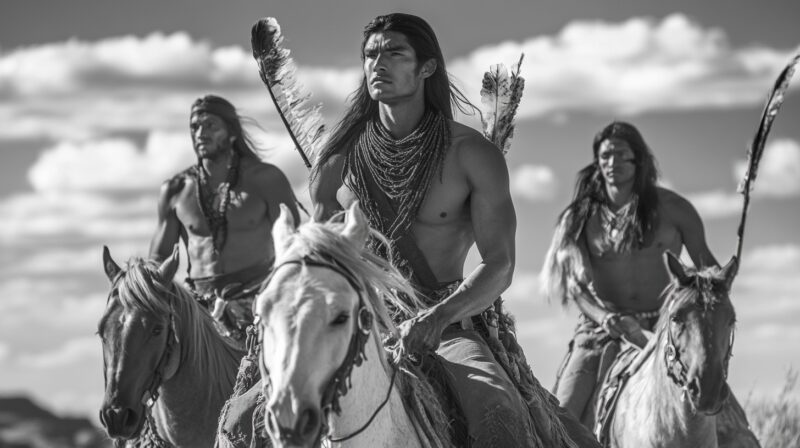
Family and community were central to Apache life. The Apache people were organized into bands, which were further divided into clans, often based on family relationships.
These social structures were crucial for maintaining order and cooperation within the tribe.
Decisions were made collectively, with each band led by a chief or council, and input from all members was valued.
The collective decision-making process reinforced unity and ensured that the tribe worked together for the common good.
Within the family, women held significant roles, often serving as the backbone of the tribe.
Apache women were responsible for:
- Managing the household
- Raising children
- Maintaining the social fabric of the community
They were also skilled in crafting, cooking, and gathering food. Men typically took on roles as hunters and protectors, but family bonds transcended these traditional roles, emphasizing mutual respect and collaboration.
The extended family was important, with grandparents and other relatives playing a key role in raising children and passing down knowledge, ensuring the continuity of Apache traditions.
Fact #3: The Language and Oral Traditions
The Apache people spoke languages belonging to the Athabaskan family, a group of languages that are still spoken by some Native American groups today.
Language was more than just a means of communication for the Apache—it was a vessel for passing down their history, culture, and traditions.
Oral storytelling was a cornerstone of Apache life, with stories being shared from generation to generation.
These stories preserved the tribe’s history, moral teachings, and spiritual beliefs, often blending lessons about nature and the world around them.
Storytelling was typically done by elders, who were regarded as the keepers of wisdom.
The passing down of these oral traditions helped to maintain a sense of identity and connection to the past.
Today, efforts to preserve the Apache language continue through various initiatives, as many recognize that language preservation is key to cultural survival.
Some Apache communities offer language classes and other resources to encourage younger generations to learn and use their ancestral language, ensuring that their cultural heritage remains alive.
Fact #4: Resistance and Survival Against European Colonization
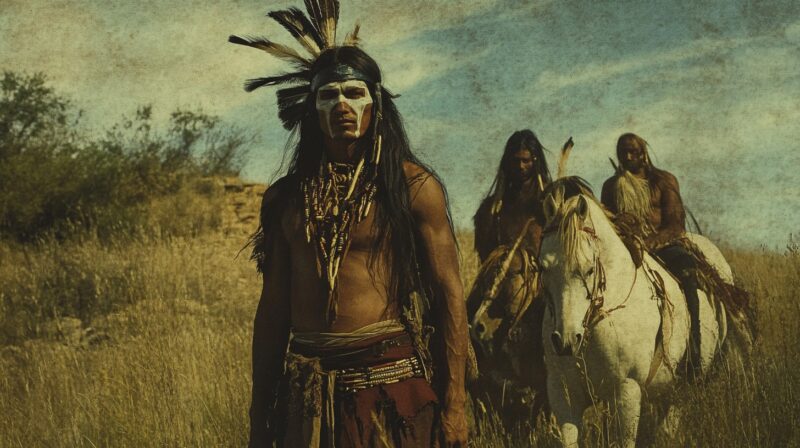
The Apache’s resilience in the face of colonization is a key part of their history. When European powers, including the Spanish, Mexican, and later U.S. forces, attempted to colonize their lands, the Apache fiercely resisted.
Their guerrilla warfare tactics, marked by surprise attacks and expert knowledge of the land, enabled them to withstand these foreign forces for decades.
Figures such as Geronimo became iconic leaders, symbolizing the Apache’s fight for survival and autonomy.
Geronimo, in particular, was known for leading his people against U.S. and Mexican forces in a prolonged struggle to protect their land and way of life.
Although the Apache faced immense pressure from the expansion of European settlers and the U.S. military, they continued to fight for their sovereignty well into the 19th century.
Even as some Apache groups were forced into reservations, others, particularly in Mexico, continued to live independently into the 20th century, challenging narratives that suggest they were entirely subdued.
Their ability to adapt and survive in such conditions is a testament to their enduring spirit.
- Also Read: Although the Apache Tribe is rooted in the Southwestern U.S., Native American history extends across many regions, including the tribes of Kentucky
Fact #5: The Modern-Day Apache Community
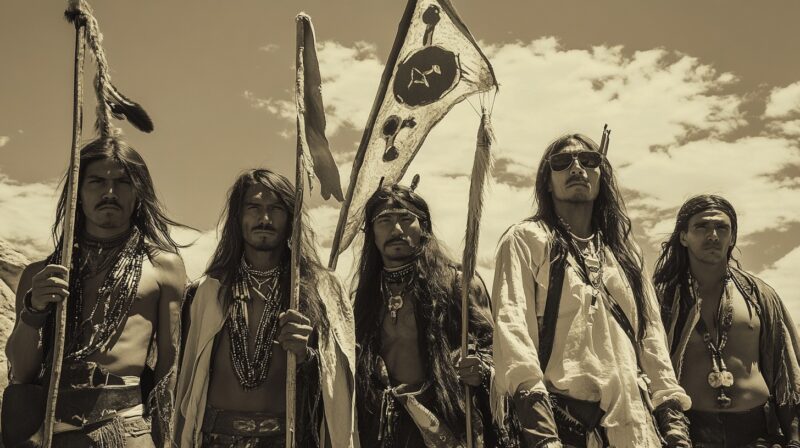
Today, the Apache community continues to thrive in both the United States and Mexico, though they face new challenges.
Apache reservations exist in states like Arizona, New Mexico, and Oklahoma, where tribal members continue to preserve their language, culture, and traditions.
The Apache people are actively involved in efforts to reclaim and protect their sacred lands, advocating for the protection of sites with cultural and historical significance.
Modern Apache communities are engaged in political activism, addressing issues such as poverty, and land rights, and preserving their cultural heritage.
Language revitalization programs are being implemented to ensure that the younger generations maintain fluency in the Apache language.
Despite the challenges posed by modernization and the pressures of assimilation, the Apache people have remained steadfast in their commitment to preserving their identity.
Through education, cultural programs, and community efforts, the Apache continue to pass on their traditions while navigating contemporary life’s complexities.
The Bottom Line
The Apache Tribe’s history is a powerful testament to their resilience, adaptability, and deep connection to nature.
Their enduring traditions, language, and activism continue to influence modern society, making their story one that deserves continued exploration and recognition.

